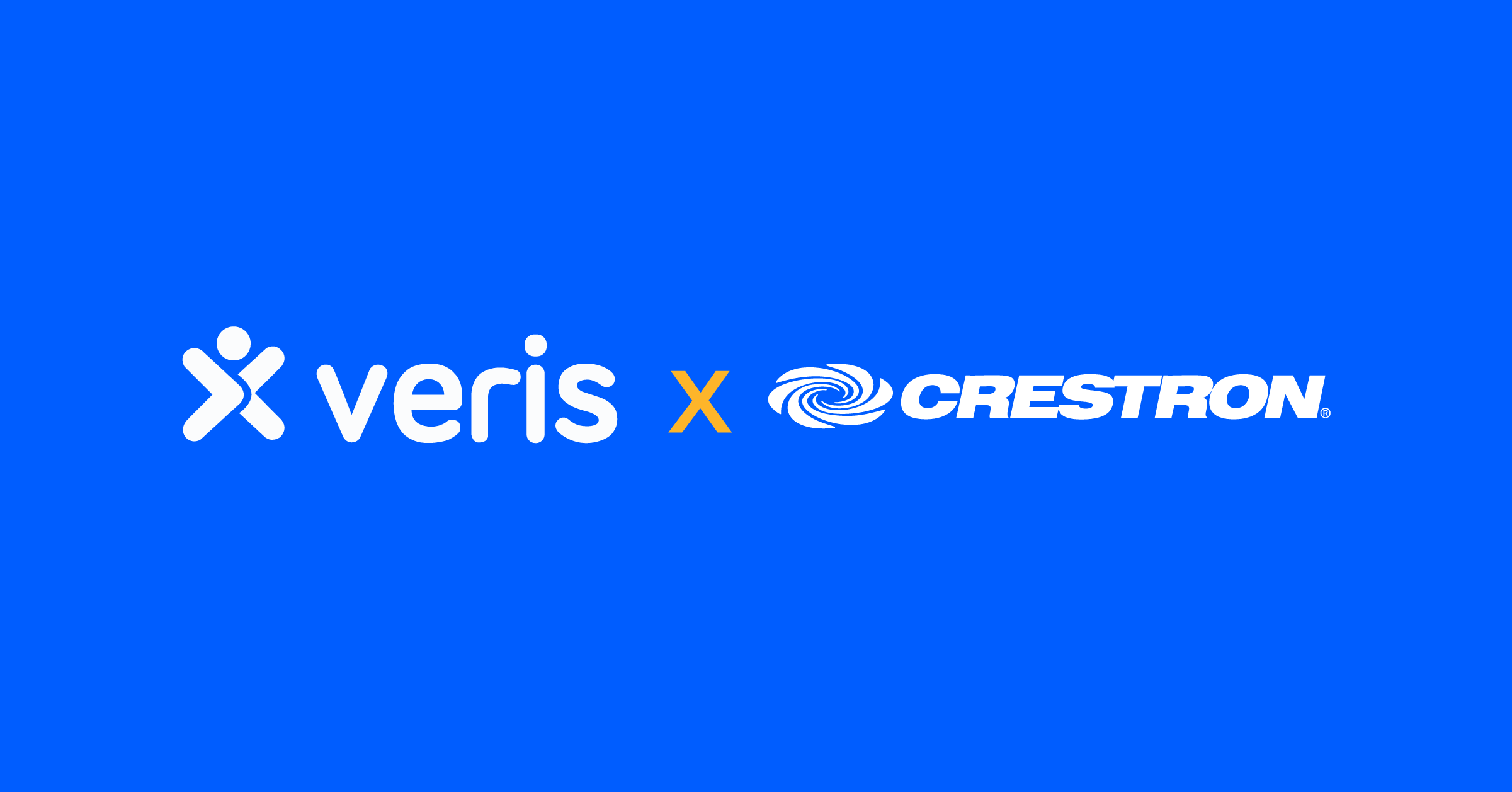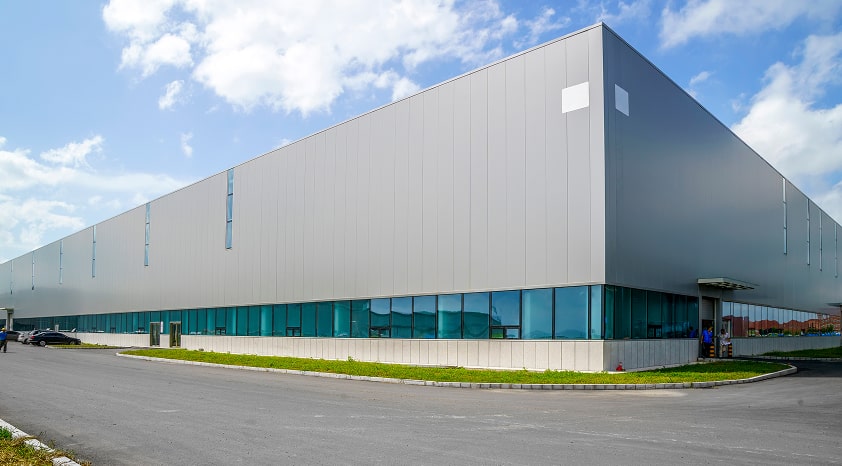Workplace technology: A game-changer in modern workplaces
In today’s rapidly evolving digital landscape, technology has become a powerful enabler for unlocking human potential in workplaces. From boosting productivity to fostering collaboration and personal growth, workplace technology paves the way for individuals which can thrive, unlock human potential to create the digital landscape of the future.
This blog will explore the critical ways workplace technology drives transformation and empowers employees to unlock their true human potential in the workplace, providing insights of the evolving landscape and the significant impact that technological advancements have on productivity, collaboration, and overall employee engagement.
Personalized Learning and Development in the workplace

Empowering Employees through E-Learning Platforms
E-learning platforms have emerged as a game-changer for professional development, offering employees the convenience of accessing relevant content anytime, anywhere, with a wide range of online courses and training modules available.
This accessibility and flexibility provided by e-learning platforms have revolutionized the learning experience for a more efficient and effective professional growth journey. These platforms offer a wide range of subjects, from technical skills to leadership and soft skills, that can enable individuals to upskill or reskill at their own pace.
The flexibility of e-learning allows employees to choose topics that align with their goals and interests, empowering them to take ownership of their learning journey which can help your business as well in the long run.
The availability of such diverse learning opportunities is one of the key advantages of the e-learning model, as it caters to unique needs of individuals and promotes continuous growth and development in the workplace. This is some of the value that e-learning platforms bring to organizations.
By providing access to a vast array of courses and resources, these platforms contribute to the advancement of the workforce for the overall success of the organization. Employees can acquire new skills, deepen their knowledge, and stay updated with the latest industry trends, ultimately enhancing their performance and contributing to the organization’s competitiveness in the market.
Microlearning: Bite-sized Knowledge for Skill Enhancement
Microlearning has gained popularity as one of the practical knowledge retention and skill enhancement methods. It involves breaking down learning materials into bite-sized modules, typically ranging from a few minutes to 15 minutes.
By delivering information in small, focused doses, microlearning allows learners to absorb and retain knowledge more effectively. It accommodates busy schedules and provides the flexibility to engage in learning activities whenever and wherever it is convenient.
This approach promotes active learning, as individuals can consume content during short breaks or downtime, making the most of their time while boosting productivity. With a focus on microlearning, it is particularly beneficial for busy professionals who prefer learning in small, digestible chunks, enabling them to acquire knowledge and skills efficiently and effectively from the convenience of their schedule.
Remote Work and Flexibility

Embracing Remote Work: Freedom and Productivity
Advancements in technology have made remote work a viable option for many industries. With the right digital tools and collaboration platforms, it can be seamlessly possible for individuals to connect with their teams, access work-related files, and participate in virtual meetings from anywhere in the world. This level of flexibility and connectivity has revolutionized the way we work and opened up new possibilities for productivity and collaboration in a remote work environment.
Studies have shown that remote workers report higher job satisfaction, lower stress levels, and increased productivity. As a result, organizations are increasingly recognizing the value of remote work arrangements, offering flexibility to their employees and reaping the rewards of a more satisfied and productive workforce.
According to a survey by Global Workplace Analytics, 85% of remote workers believe they are more productive in their home environment. This is a need to embrace remote work, as organizations can unlock the human potential for higher employee satisfaction and performance.
By providing employees with the flexibility to work remotely, organizations create a conducive environment that promotes work-life balance, reduces commuting stress, and allows individuals to design their work environment according to their preferences.
As a result, employees are more engaged, motivated, and productive, which enhances their well being as well as leads them to contribute to the overall success and growth of the organization.
Balancing Work and Life: Flexible Scheduling Tools
Technology offers a range of tools and applications that can promote work-life balance and enable flexible scheduling. To help with time management and productivity, certain apps help individuals prioritize tasks, set goals, and efficiently manage their time.
For example, applications like Toggl and RescueTime provide insights into how individuals spend their time to help identify areas for improvement. These tools can also be integrated with project management software, allowing employees to manage their workload effectively and allocate time for personal activities.
Communication and Collaboration Tools

Real-Time Communication: Instant Messaging and Video Conferencing
Instant messaging platforms like Slack and Microsoft Teams have become the right tools for teams to communicate in real-time. These platforms enable quick and efficient exchanges of messages, allowing individuals to share ideas, ask questions, and provide feedback instantaneously.
With the right instant messaging platform, teams can stay connected and collaborate seamlessly, enhancing productivity and fostering effective communication within the organization. The convenience of instant messaging is instrumental in promoting swift decision-making and enhancing productivity on the go.
Additionally, video conferencing tools like Zoom and Google Meet have transformed how teams collaborate remotely, bringing the benefits of face-to-face virtual meetings to the forefront. Through these virtual meetings, individuals can engage in discussions, brainstorm ideas, and strengthen team connections, regardless of geographical location, ultimately improving overall collaboration and productivity.
As per a McKinsey report- video conferencing tools surged by 500% during the COVID-19 pandemic. These communication tools have become essential to the transition to the remote work environment, contributing to the seamless continuity of business operations.
Beyond their functional role, video conferencing tools also contribute to teams’ well-being by fostering efficient collaboration. This can create a sense of camaraderie and inclusivity within the organization.

Collaborative Workspace: Cloud-Based Document Sharing and Editing
Cloud-based document sharing and editing tools such as Google Workspace (formerly G Suite) and Microsoft 365 have revolutionized the way teams collaborate on projects. These tools are at the forefront of the industry, allowing multiple individuals to work on the same document simultaneously.
This eliminates version control issues and facilitating real-time collaboration. The power and convenience of these tools have significantly enhanced the efficiency and effectiveness of teamwork in the modern workplace.
Cloud storage makes documents easily accessible to all team members, regardless of their physical location. The ability to collaborate on documents, spreadsheets, and presentations in real-time streamlines workflows and enhances efficiency.
According to a study by Forrester, 71% of employees reported improved collaboration through the use of cloud-based collaboration tools. These tools not only boost productivity but also encourage teamwork and knowledge sharing, unlocking the collective potential of the workforce.
Innovation and Idea Sharing

Virtual Collaboration Spaces: Ideation and Brainstorming
Virtual collaboration spaces provide a digital environment where teams can come together to ideate, brainstorm, and share ideas. Platforms like Ideaboardz and Stormboard allow participants to contribute their thoughts, suggestions, and concepts in real time.
These virtual spaces enable diverse perspectives to converge, fostering creativity and encouraging the exploration of innovative solutions. By leveraging virtual collaboration spaces, teams can tap into the collective intelligence of their members.
This can unleash their creative human potential and drive meaningful innovation. According to a study by Deloitte, organizations that actively promote idea-sharing and collaboration are 3.5x more likely to outperform their peers.
Virtual Hackathons and Innovation Challenges
Virtual hackathons and innovation challenges have the potential to create a conducive environment for fostering innovation and collaboration, while also generating valuable insights about the data and exploring new opportunities.
These events have the ability to bring together individuals from various disciplines and departments, enabling them to collectively tackle specific problem statements or explore novel approaches.
By leveraging the diverse expertise and perspectives of participants, virtual hackathons and innovation challenges can spur creativity, generate innovative ideas, and drive impactful solutions. The collaborative nature of these events fosters the spirit of teamwork and allows for the convergence of a wide range of skills and knowledge.
According to Forbes, hackathons can lead to a 150% increase in the number of patent applications filed by participating organizations.
Conclusion: Workplace technology

As technology advances, its potential for unlocking human potential in workplaces grows exponentially. The possibilities are endless, encompassing personalized learning, remote work flexibility, collaboration tools, as well as performance-enhancing technologies. These advancements pave the way for greater productivity, innovation, and overall success in the modern workplace.
By embracing these transformative technologies, organizations can foster a culture of growth, innovation, and empowerment, enabling individuals to unlock their true human potential and drive workplace success. The power of these technologies lies in their ability to provide a shared platform for collaboration, allowing individuals to work together towards the same goals, share ideas, and collectively contribute to the organization’s success.





































.avif)
.avif)





